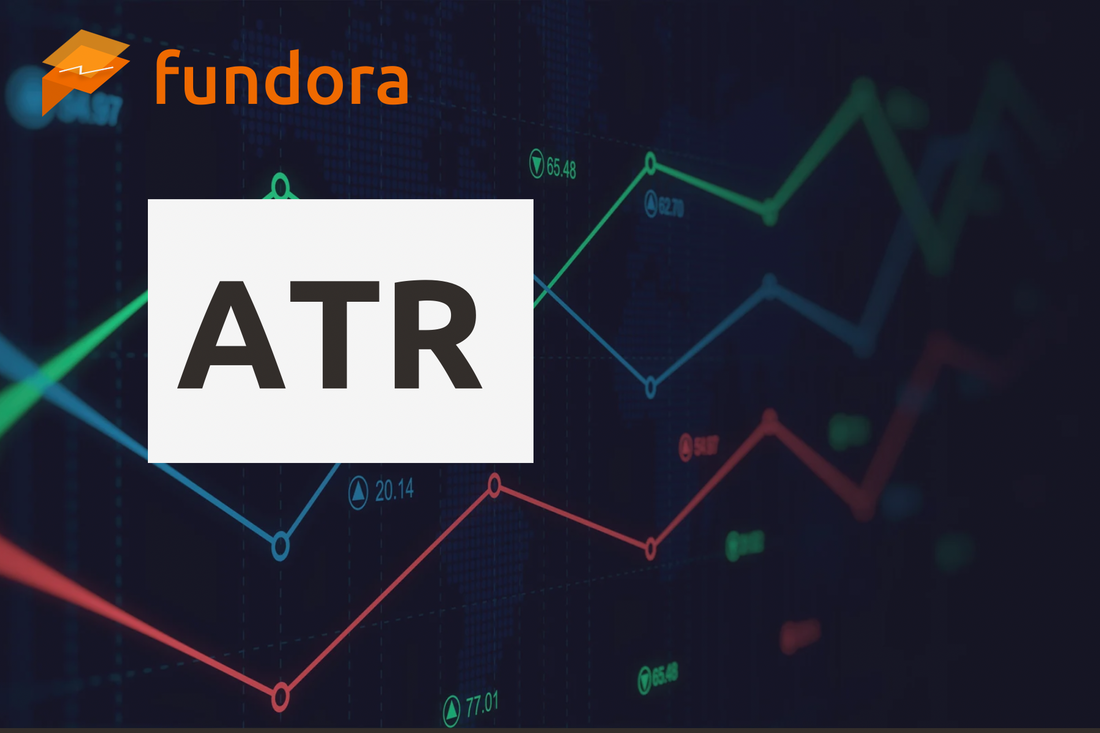
ATR
Share
ATR
ATR (Average True Range)
1. Overview
The Average True Range (ATR) is a technical indicator developed by J. Welles Wilder in 1978 to measure market volatility (the degree of price fluctuations). ATR is particularly useful for showing how much price moves and helps traders in risk management and setting stop-loss levels. It is calculated by averaging the “true range” values from past periods.
ATR itself does not indicate trend direction, but it reflects the strength and range of price fluctuations, helping identify whether the market is in a high-volatility or stable phase.
2. How ATR is Calculated
ATR is derived using the following formula:
True Range (TR)=max(High−Low,|High−Previous Close|,|Low−Previous Close|)
- High: The current period’s high
- Low: The current period’s low
- Previous Close: The previous period’s closing price
The ATR is then calculated as the moving average of True Range (TR), most commonly using 14 periods.
ATR = (Σ TR over 14 periods) / 14
ATR can be applied to daily, weekly, or other timeframes to quantify price movement ranges.
3. Applications of ATR
Evaluating Volatility
ATR measures market volatility. A high ATR indicates large price fluctuations, while a low ATR indicates a more stable market. ATR does not show direction, only the magnitude of movement.
Risk Management and Stop-Loss Setting
ATR is often used to set appropriate stop-loss levels. For example, if ATR is high, wider stop-losses are recommended to accommodate greater volatility. If ATR is low, tighter stop-losses can be set.
Supporting Trend Analysis
When used alongside other indicators (e.g., moving averages or MACD), ATR helps confirm the strength or stability of a trend. A high ATR often indicates an active market with stronger trends, where trend-following strategies can be more effective.
4. Pros and Cons of ATR
Pros:
- Simple and intuitive: ATR is easy to use and provides a clear view of volatility.
- Useful for risk evaluation: Traders can use ATR to understand market risk and decide on stop-loss placement and position sizing.
- Applicable across markets: ATR works in stocks, forex, commodities, and more.
Cons:
- Does not indicate direction: ATR only shows the size of movements, not whether price is trending up or down. Other tools are needed to confirm direction.
- Dependent on past data: ATR is based on historical prices and cannot predict future volatility. It may lag in reflecting sudden changes.
5. Practical Examples
- In trending markets:
A high ATR suggests large movements and often a strong trend. In this case, trend-following strategies may be effective. Conversely, a low ATR may indicate range-bound markets where range-trading strategies can be used. - Setting stop-loss levels:
For example, if ATR is 1.0, a stop-loss can be placed one ATR away from entry, allowing trades to survive natural fluctuations. If ATR is small, tighter stop-losses can be applied with reduced risk.
6. Summary
The Average True Range (ATR) is a valuable tool for measuring market volatility. By quantifying price movement ranges, ATR helps traders with risk management and stop-loss setting. While ATR does not indicate trend direction or strength on its own, it becomes highly effective when combined with other indicators. ATR is especially useful in volatile or range-bound markets, enhancing both precision and risk control.
Incorporating ATR into your risk management strategy can significantly improve your trading success rate.